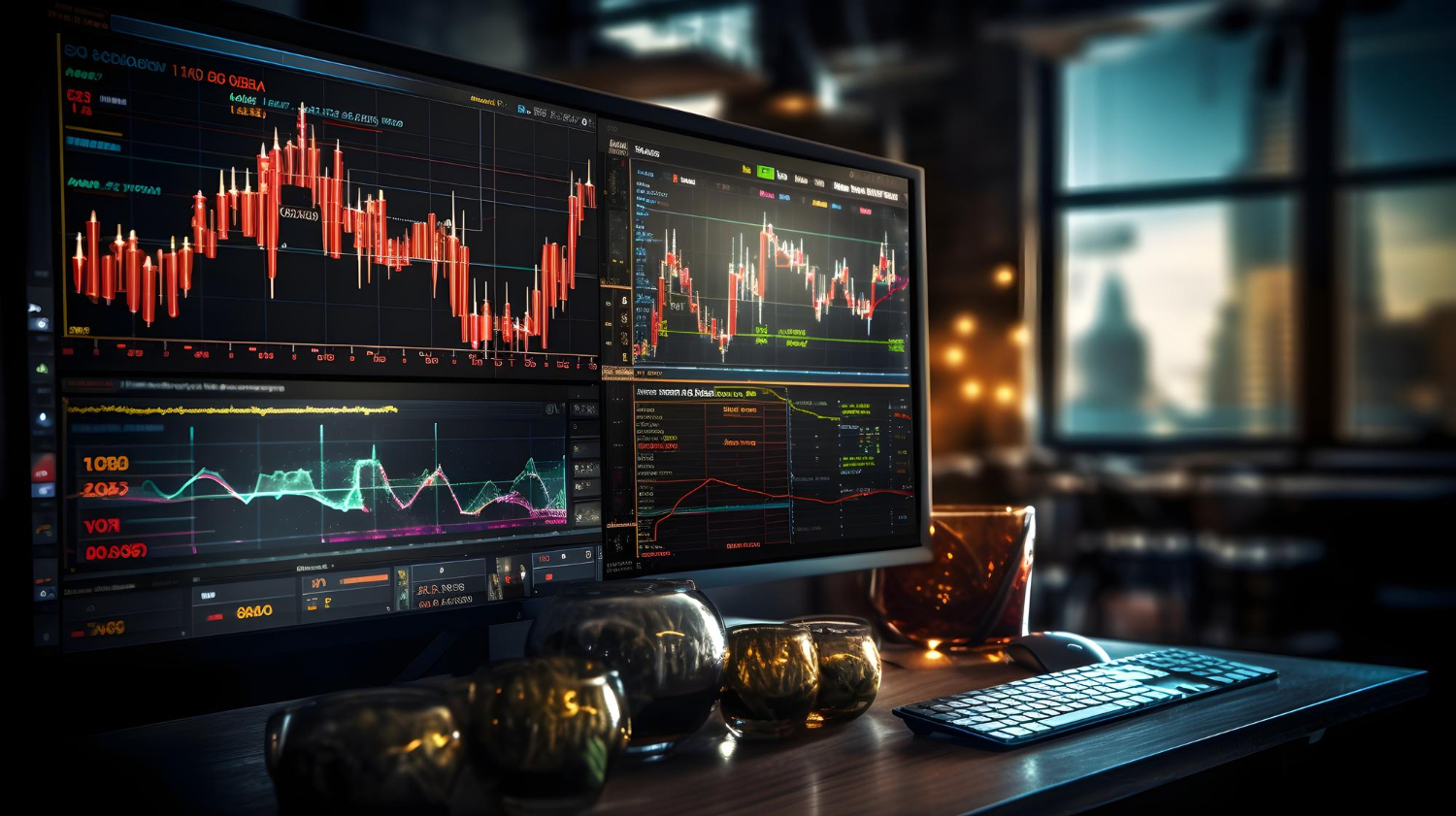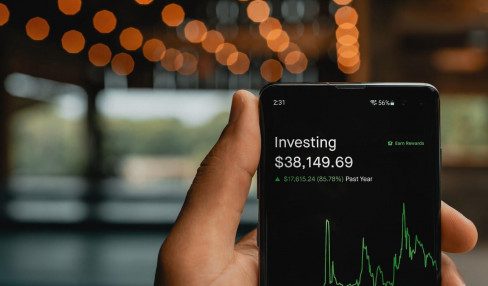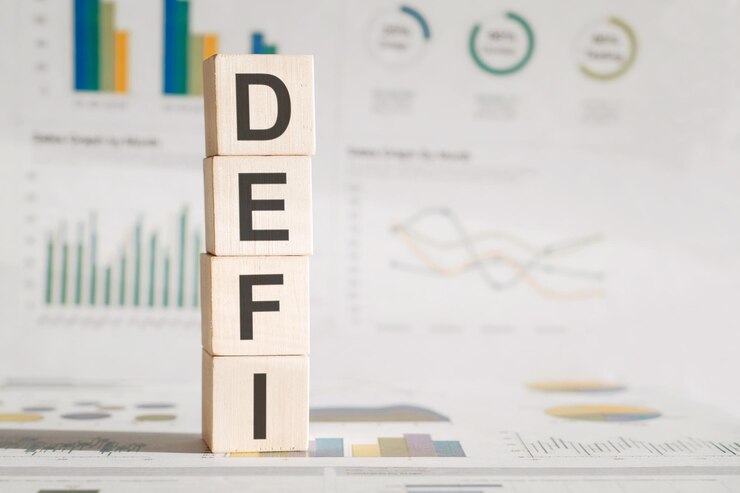What Are Margins In Trading And How To Use Them?
3 Mins Read
Published on: 03 January 2023
Last Updated on: 09 October 2024

toc impalement
Trading is a complex activity, for which we must take many things into account. Fortunately, there are tools that we can use to make our lives easier, and margins are part of these tools.
In reality, the margins are nothing more than the funds that are needed to open and maintain a position, thanks to them, you will be able to calculate which are the best trading plans that you can use and which brokers can offer them.
The most important margins that we must take into account are the initial margin and the maintenance margin, and for this, we have to calculate all the commissions that the broker will charge for each of the transactions we make.
This of course includes costs per spread. There are also brokers that allow you to use different types of margin; in some they give you a choice between crossed margin vs isolated margin modalities, allowing you to play a little more with your budget, being able to use both modalities in different situations.
Initial Margin, Maintenance Margin, And Margin Call What Is the Difference?
There are several differences that we must take into account when understanding margins in trading:
For example, the initial margin or deposit margin is what we need to open a position. That is the value of the asset plus the broker’s initial commission (if required).
Subsequently, it is possible that our position falls short, for example, because the asset rises too much, or our position enters a loss. In that case, the broker will ask you to deposit a certain recommended amount so that the position can be held. This is known as a “margin call”. Here in Investorspedia, you could learn more about it.
When you use CFDs, positions are usually opened with leverage, meaning you only have to pay for part of the exposure and the leverage does the rest. Usually, the leverage itself in this case manages to cover the maintenance margin as well, when it doesn’t, you will get a margin call.
It is in this way that we must calculate the amount spent on a position. Sure, you can try to calculate the margin you will need to cover an entire position, but you must understand that this is usually not accurate, and it is very likely that you will need more margin than you previously thought.
What are crossed margin and isolated margin?
As we had already anticipated, there are two trading modalities that, in some cases, brokers give us a choice. The first one is the isolated margin, a modality that can be very useful in leveraged operations since it allows us to cover the entire margin only with the initial deposit.
On the other hand, the crossed margin allows you to add new deposits automatically while the position remains open. That is why intermediate/long positions benefit more from this type of margin.
For the crossed margin, of course, a much larger budget is necessary than for the isolated margin, and you must define the modality before entering any market.
Read Also:


















Comments Are Closed For This Article